Explore the intriguing world of steak with five surprising facts that may alter your perception of this beloved dish. Alongside these revelations, learn about five warning signs that you might be indulging a bit too much in your carnivorous cravings. This guide is designed to enlighten steak enthusiasts and offer balanced insights into consumption habits.
Wagyu’s Marbling Mystery
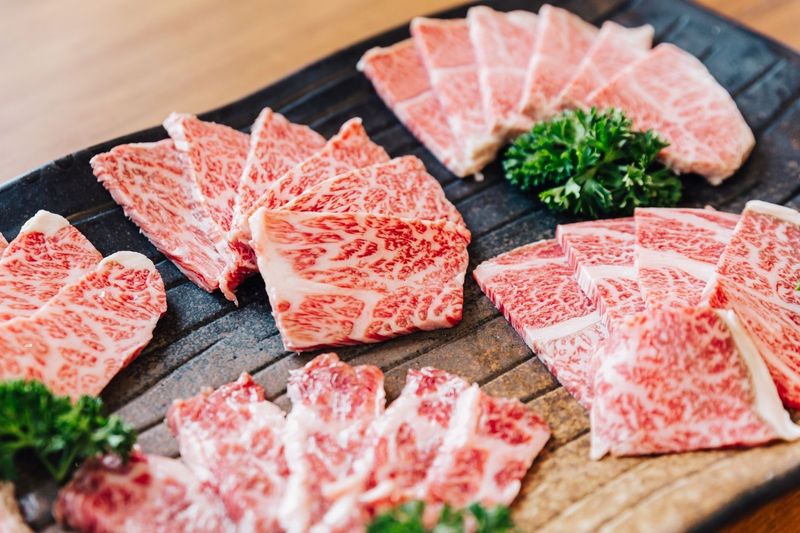
Wagyu beef, renowned for its exquisite marbling, originates from Japan. The intricate fat distribution enhances its taste and tenderness. But what truly sets Wagyu apart is its unique genetic predisposition to store intramuscular fat. This leads to the intricate patterns that make it so distinct.
Beyond genetics, the careful rearing process involving specialized diets contributes to its premium quality. Did you know? Wagyu cattle enjoy a stress-free life with massages and even sake baths. This luxurious treatment ensures a delectable taste that steak lovers cherish.
The Searing Debate
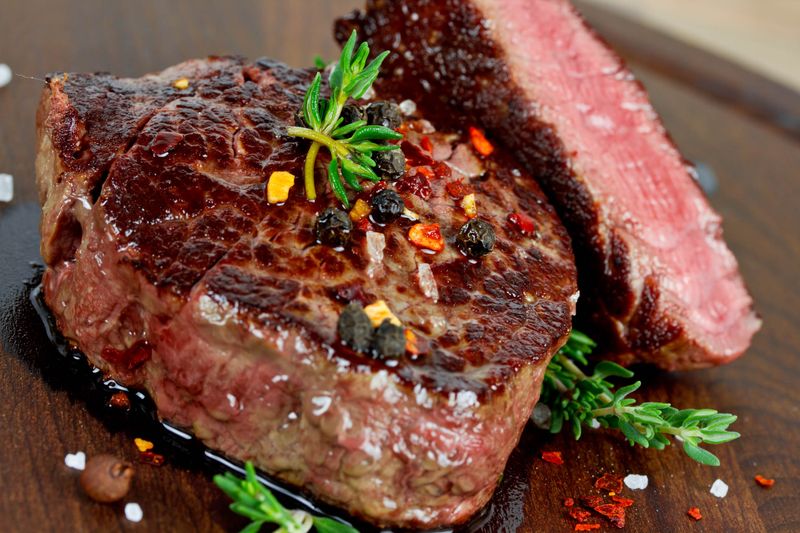
Searing a steak has sparked many culinary debates. Some chefs swear by it to lock in juices, while others argue it’s merely for flavor enhancement. What’s certain is the Maillard reaction, a chemical process that gives the steak its rich, savory crust.
Interestingly, this method has roots in traditional cooking practices worldwide. Whether you’re a searing enthusiast or not, the golden-brown crust is undeniably mouthwatering. For those who relish that charred exterior, searing offers both a visual and gustatory delight.
The Myth of ‘Bloody’ Steak
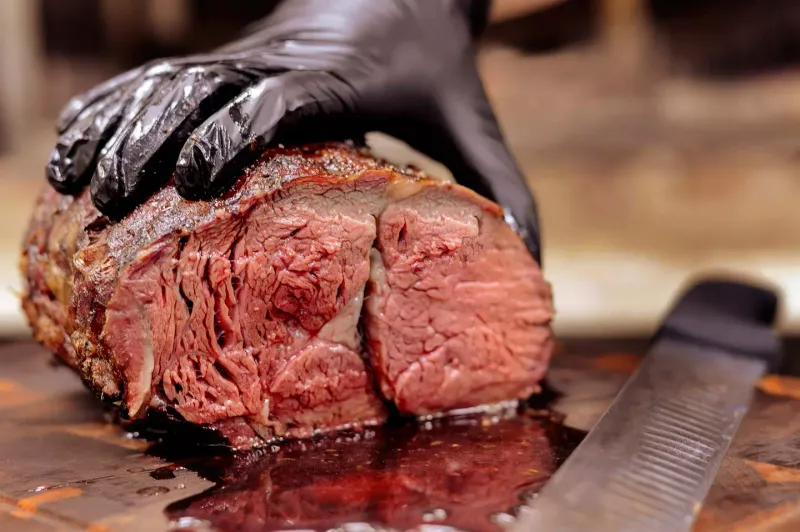
Contrary to popular belief, the red liquid in a rare steak isn’t blood. It’s myoglobin, a protein responsible for transporting oxygen in muscle cells. This protein turns red when heated but isn’t harmful.
Understanding this can enhance your appreciation for a rare steak’s flavor profile. So, next time you savor that juicy piece, remember it’s not as ‘bloody’ as it seems. This misconception often deters people from enjoying their steak the way some connoisseurs do.
Steak and Wine Pairing Perfection

Pairing steak with the right wine is an art. A classic choice is a robust red, like Cabernet Sauvignon, complementing the steak’s rich flavors. Tannins in red wine bind with proteins, cleansing the palate and enhancing taste.
For steak enthusiasts, experimenting with different wines can be a delightful journey. Whether you prefer a full-bodied wine or something lighter, the right pairing can elevate your dining experience. The synergy between steak and wine offers a symphony of flavors that aficionados adore.
Steak’s Global Varieties
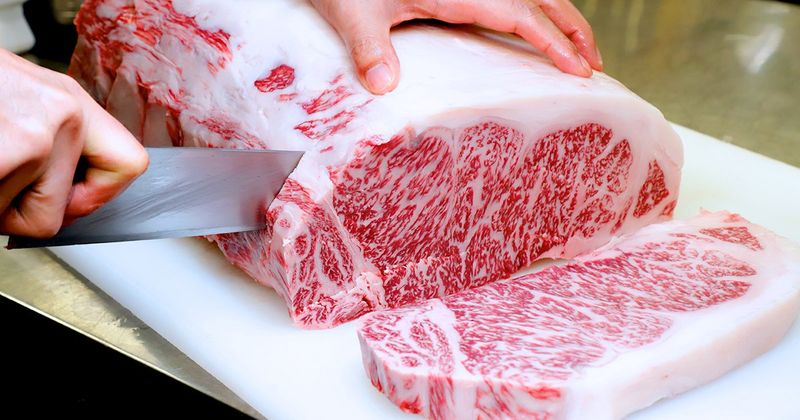
Steak isn’t just a dish; it’s a global phenomenon. From Argentina’s tender asado to Korea’s marinated bulgogi, each culture brings unique flavors. The cut, preparation, and seasoning vary, reflecting local traditions and tastes.
This diversity allows steak lovers to explore new culinary horizons. Each type of steak tells a story, revealing cultural nuances and history. Embracing these global varieties can enrich your palate and appreciation for this timeless dish.
Meat Sweats: A Real Phenomenon

Ever heard of the ‘meat sweats’? It’s a quirky term for sweating after consuming a large amount of protein. This happens because digesting protein generates more heat than carbs or fats, a process known as diet-induced thermogenesis.
Some find it amusing, while others are caught off guard by this physical reaction. If you’re experiencing this after a steak feast, it might be a sign to moderate your intake. Balancing your meal can help avoid this unexpected outcome.
Feeling Overstuffed

Overeating steak can lead to that uncomfortable, bloated feeling. This is often due to the high protein and fat content that takes longer to digest.
If you find yourself uncomfortably stuffed after a meal, it might be time to scale back on portion sizes. Listening to your body’s cues can help maintain a balanced diet. Enjoying steak in moderation ensures you savor each bite without the aftermath of feeling overly full.
Endless Cravings
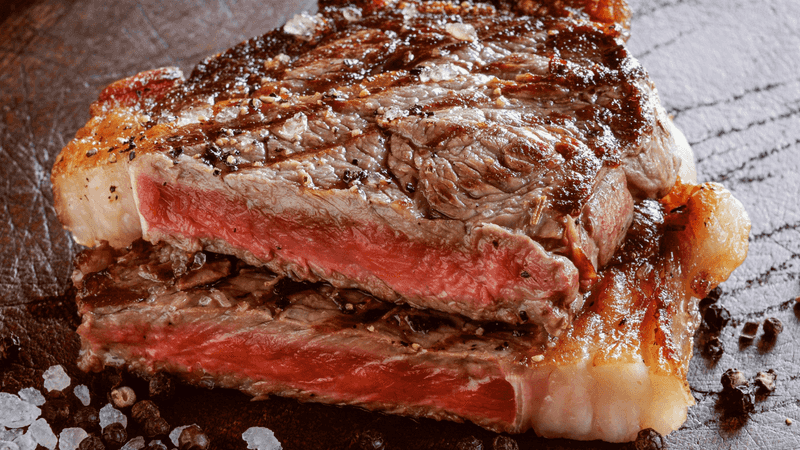
Constant cravings for steak could signal a dietary imbalance or emotional attachment to comfort foods. It’s essential to examine if these cravings are physical or psychological.
While indulging occasionally is fine, persistent urges might require addressing underlying issues. Balancing your diet with a variety of foods can curb these cravings. Exploring other protein sources ensures a well-rounded nutritional intake without over-relying on steak.
Guilt After Indulgence

Feeling guilty after enjoying a steak might indicate you’ve overindulged. This emotion is a common response when dietary habits conflict with personal health goals.
Acknowledging this guilt can lead to more mindful eating practices. If you find yourself experiencing this often, reassess your portions and frequency. Enjoying steak without guilt involves balancing indulgence with healthier choices.
The Cost of Overindulgence
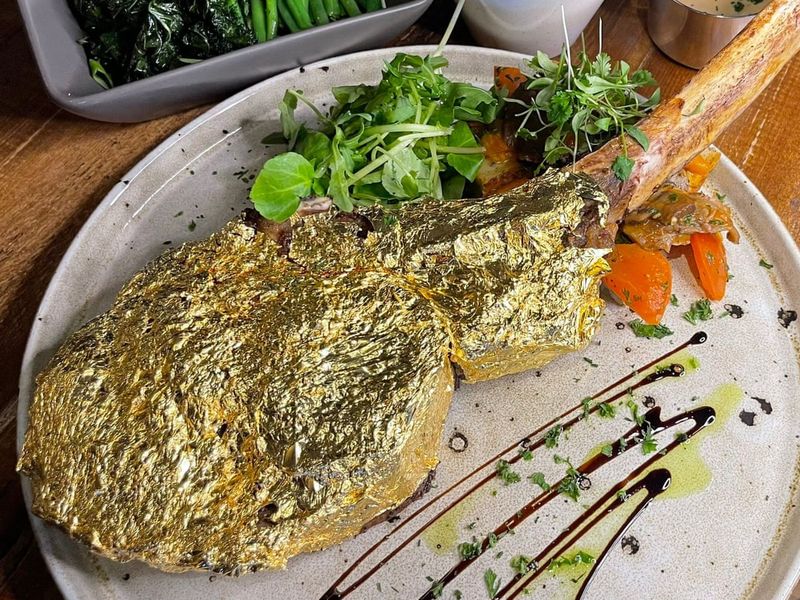
Overindulging in steak can hit hard on your wallet. Premium cuts come with a price, and frequent indulgence might surpass your budget.
Reevaluating how often you dine on steak can keep your finances in check. Enjoying steak as an occasional treat makes it more special and financially sustainable. Balancing taste and budget ensures you relish each bite without the financial burden.
Leave a comment